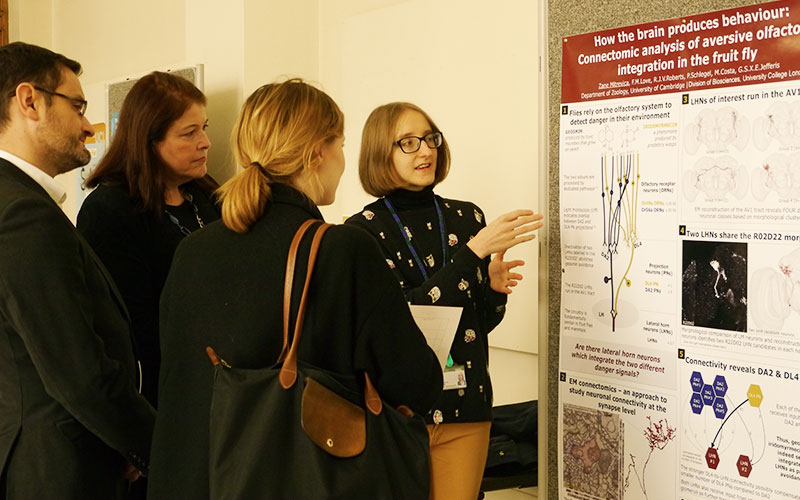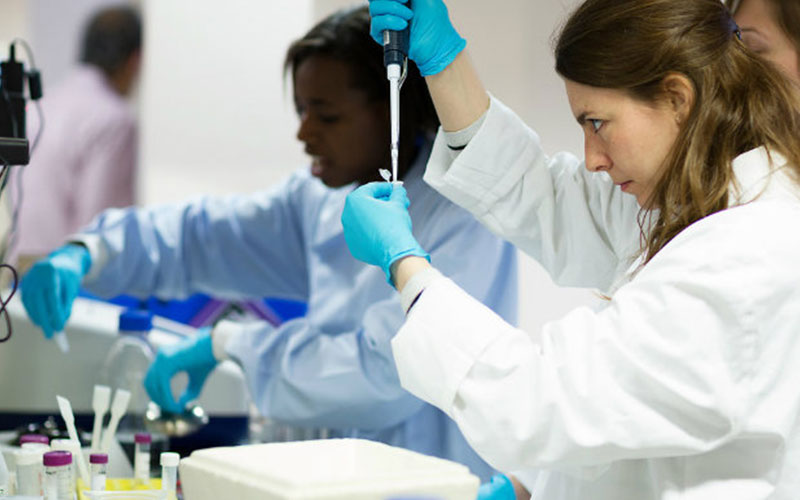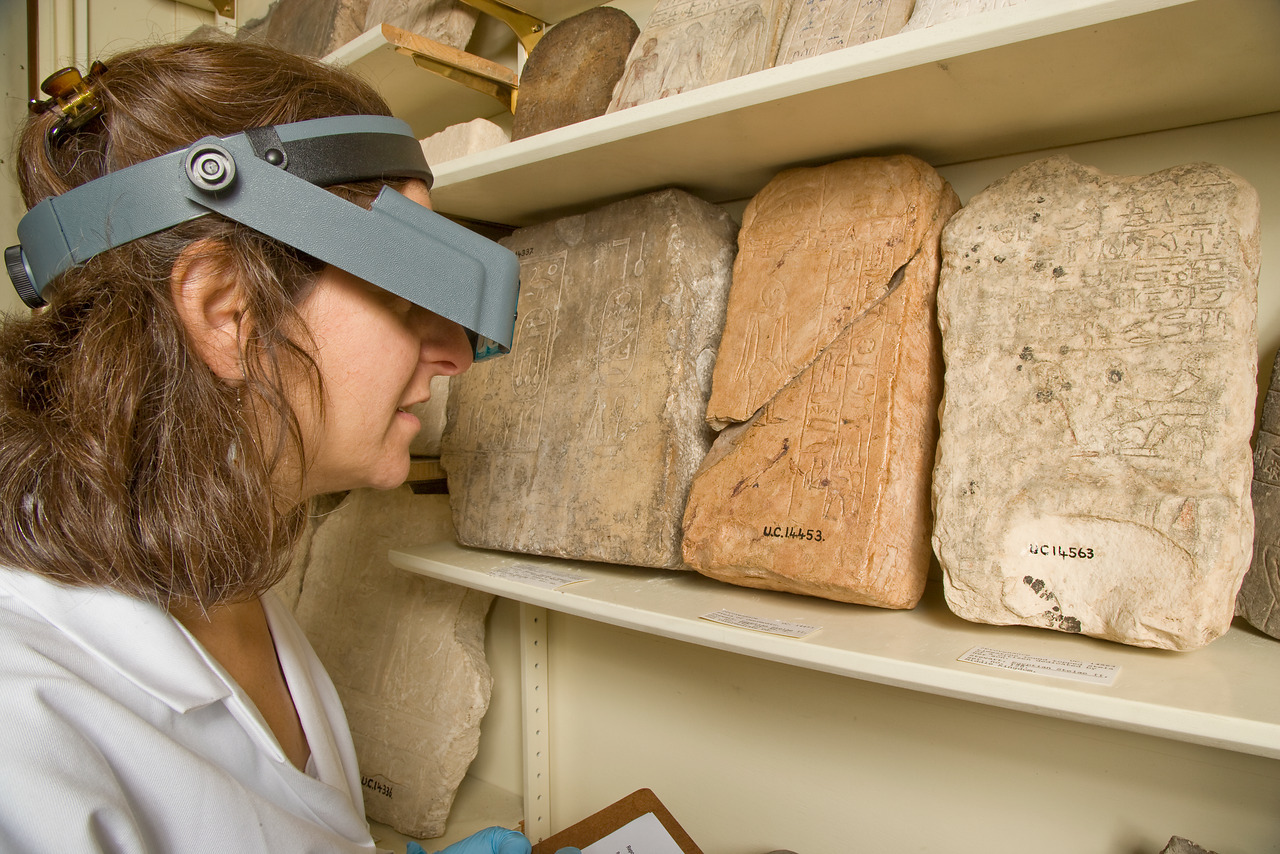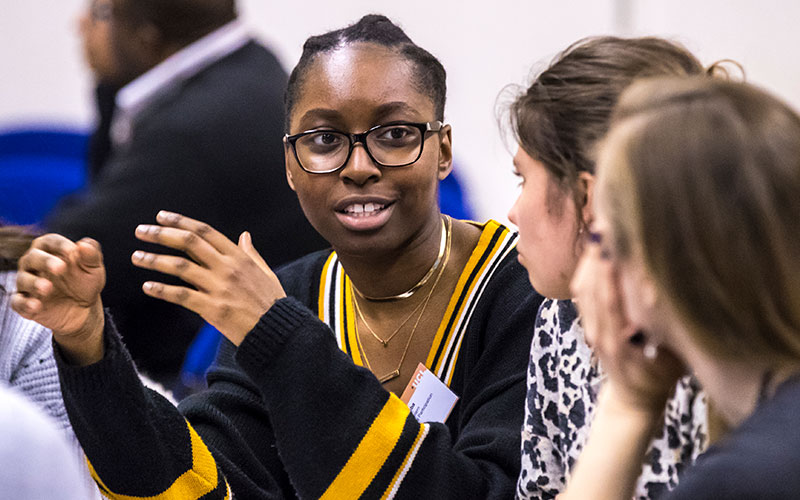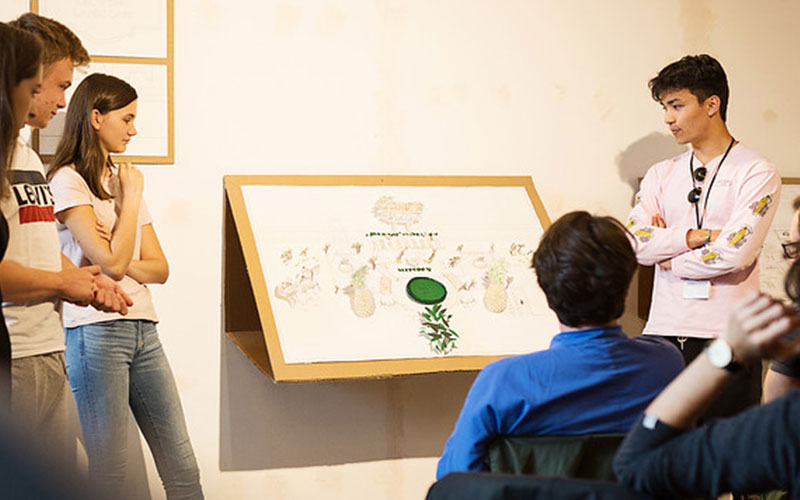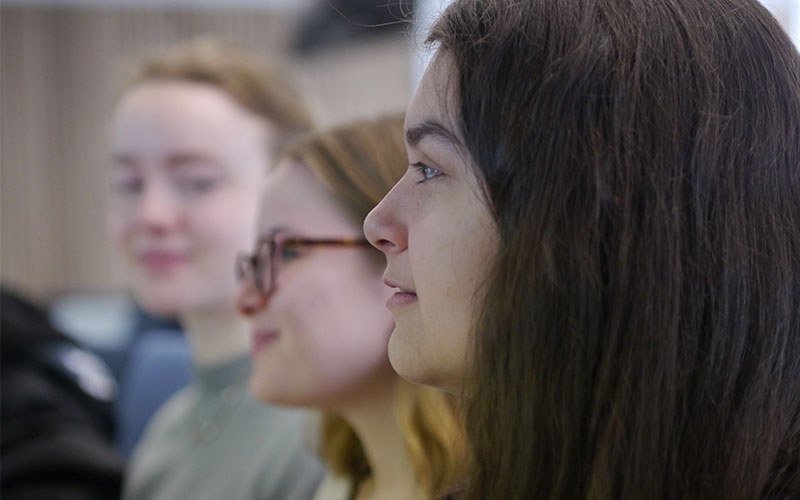Connected Curriculum: a framework for research-based education
A connected, research-based education is at the core of UCL's Education Strategy 2016-21 and UCL 2034, the university's 20-year institutional strategy.
The Connected Curriculum is UCL’s educational framework.
Students can easily participate in research and make strong connections across disciplines in some areas at UCL, but not all. Our framework seeks to ensure all students have these opportunities.
It’s also a chance to inspire education enhancement in all programmes, for example to:
- provide more blended or online learning opportunities
- enrich the learning experience by ensuring entire programmes of study are reviewed
- incorporate a more inclusive curriculum by giving students more exposure to disciplinary knowledge of scholars representing a truly global perspective.
Improving experiences for both students and staff
UCL will offer an even richer and more rewarding education experience by:
- engaging all UCL students in research and enquiry;
- exposing students to the very latest knowledge and thinking; and
- changing the nature of the dialogue between staff and students to become one of partnership.
Students will be better equipped with a range of essential skills needed for an unknown future. They will be more engaged with their learning, and will be more autonomous thinkers.
'Connecting Higher Education: International perspectives on research-based education' was an international conference hosted by UCL, McMaster University and University of Adelaide in 2017.
Find out more and access videos and resources from the conference.
How it works: a joined up approach to Higher Education
Comprising six dimensions of connectivity, Connected Curriculum sets out a plan for a joined up approach to education.
As well as defining the relationship between students’ learning and their participation in research, it also describes the connections to be made between disciplines, years of study and staff and students, to provide a more holistic educational approach.
The term ‘research’ signifies very different kinds of activity in different subject fields.
The Connected Curriculum initiative encourages individuals and teams within each discipline to think deeply about the nature and practices of their own research, and to invite students, including at undergraduate level, to learn through engaging in some of those distinctive practices.
It also promotes interdisciplinary questions and challenges, encouraging both staff and students to critically question the nature of evidence and knowledge production across different subject fields in our digitally-mediated world.
The six dimensions of the Connected Curriculum
Click on each dimension to find out more, plus examples, resources and tips on how to enrich your educational provision.
Core principle: Students learn through research and enquiry.
 Close
Close


